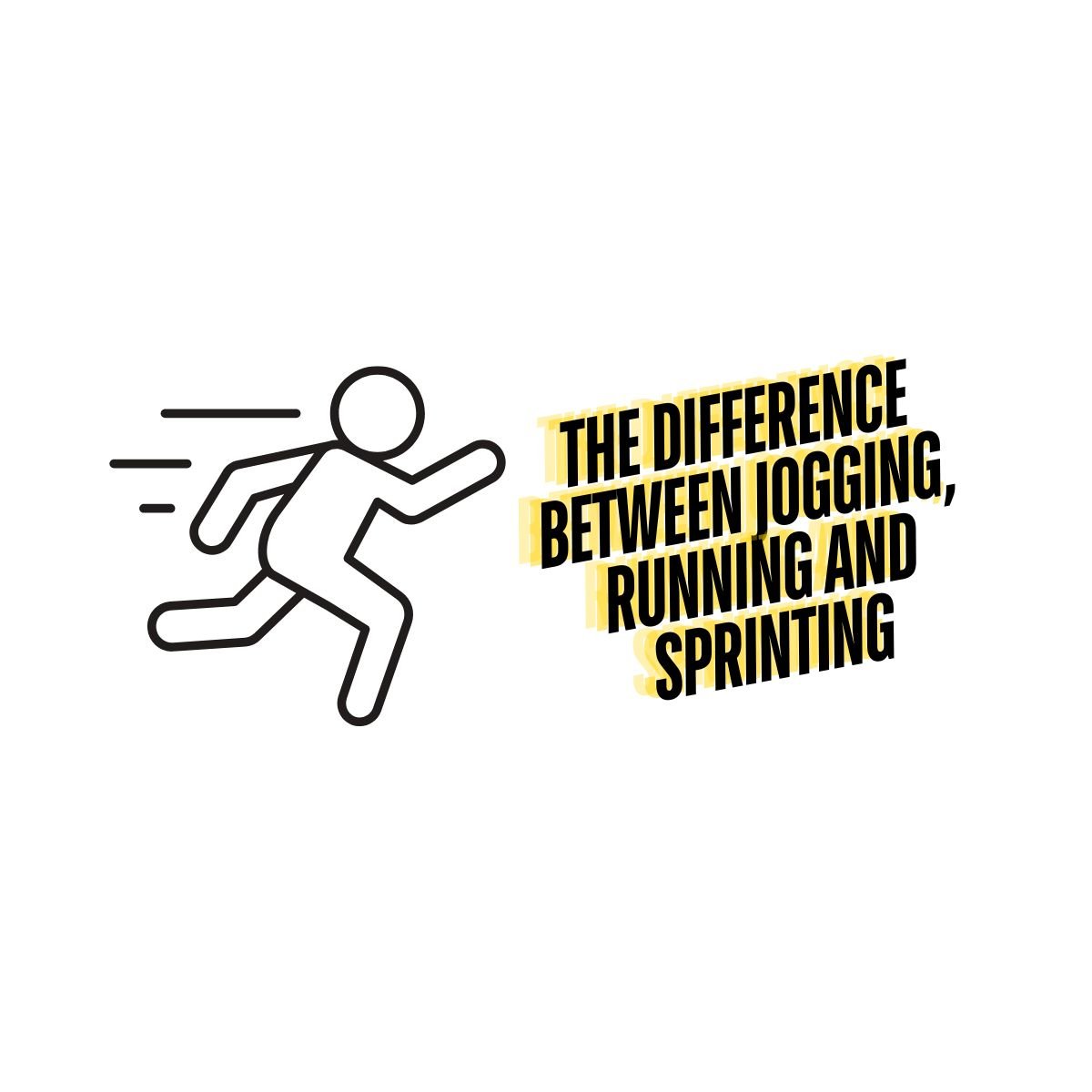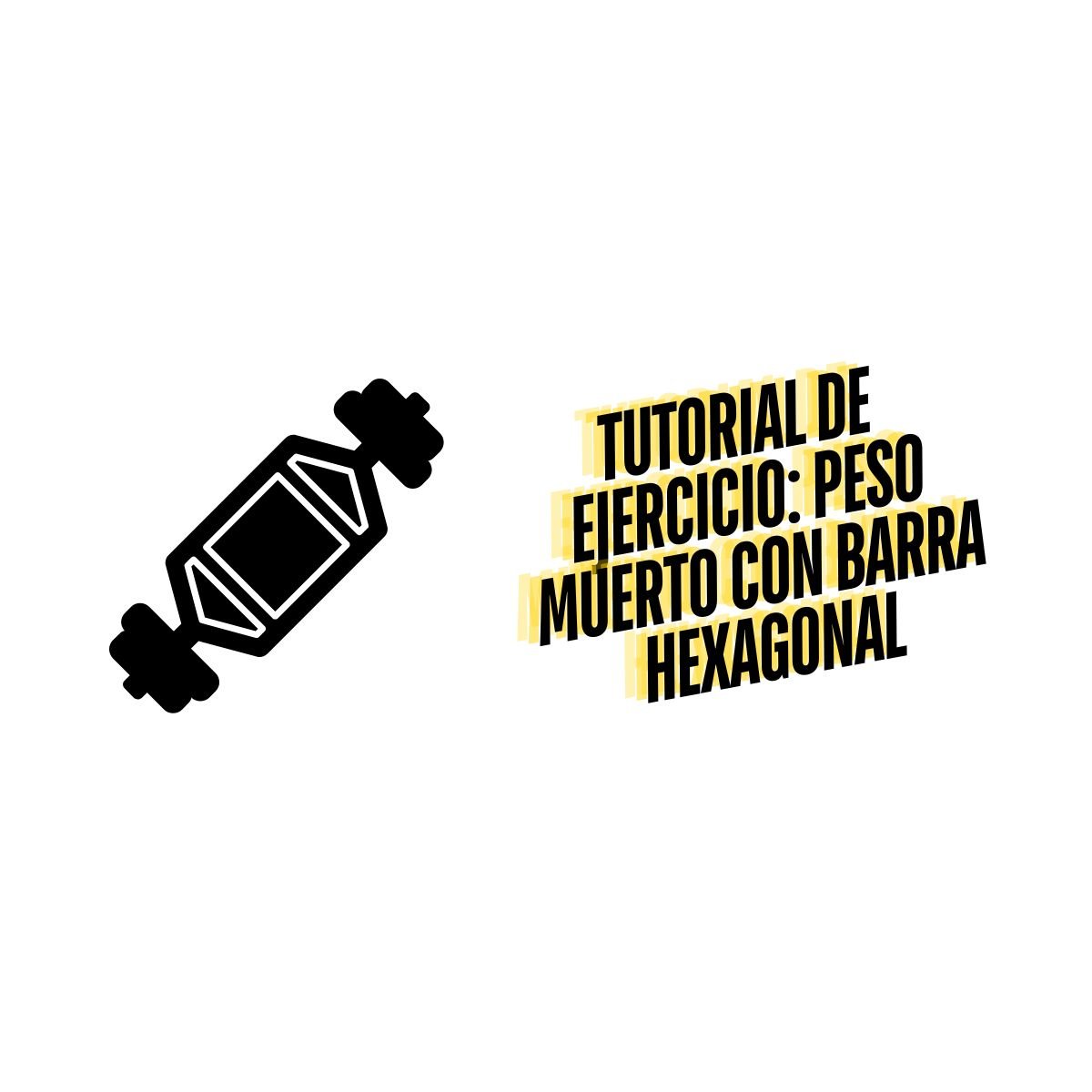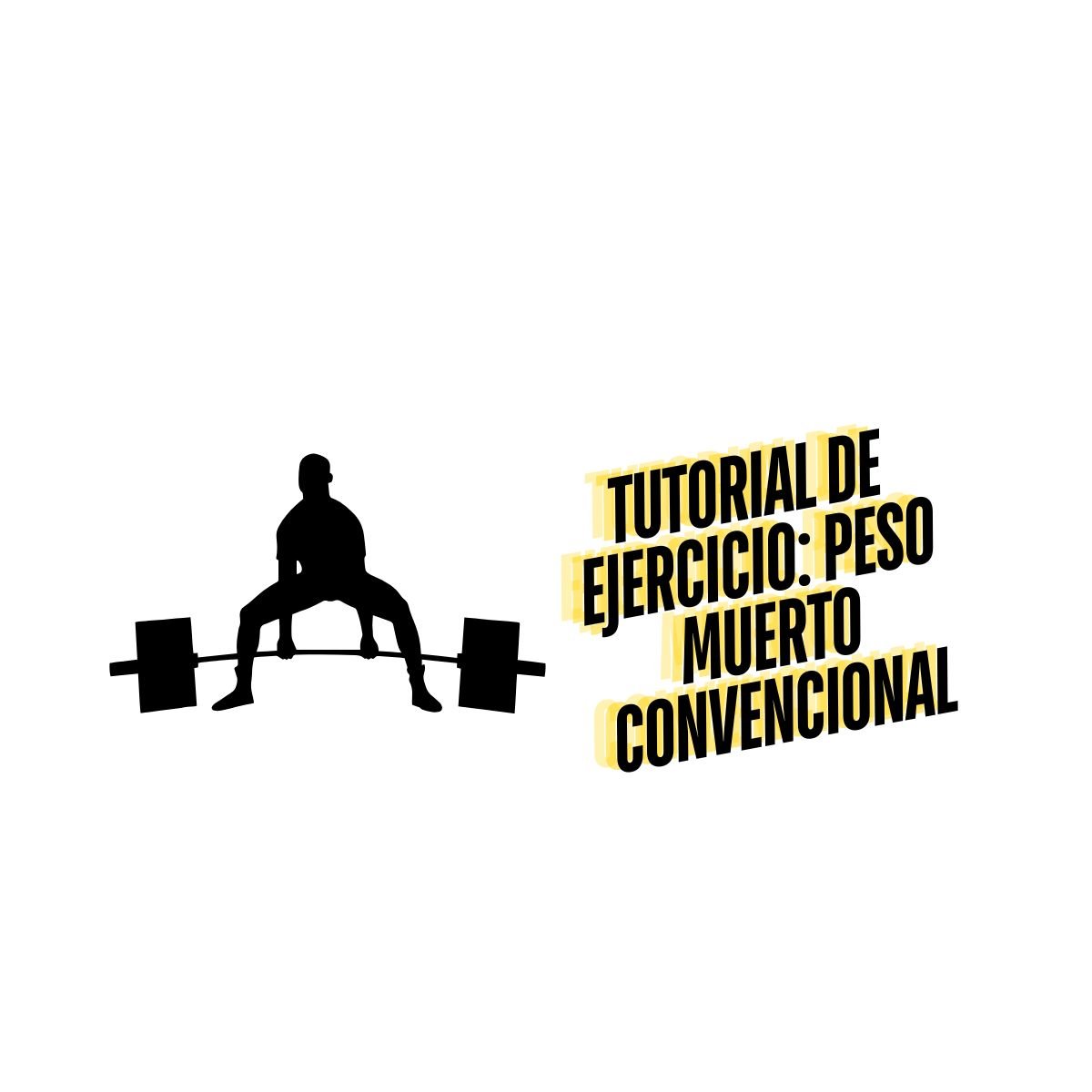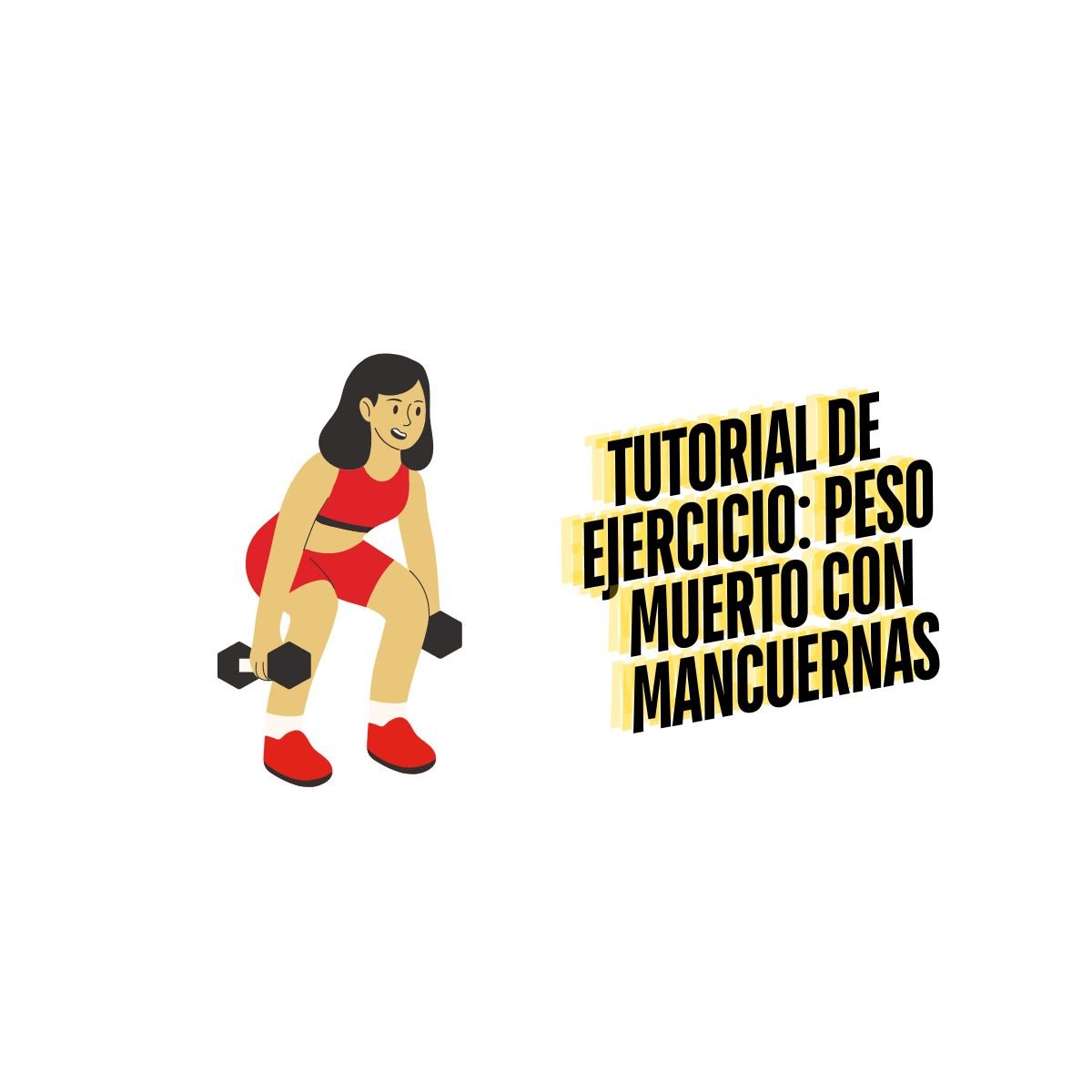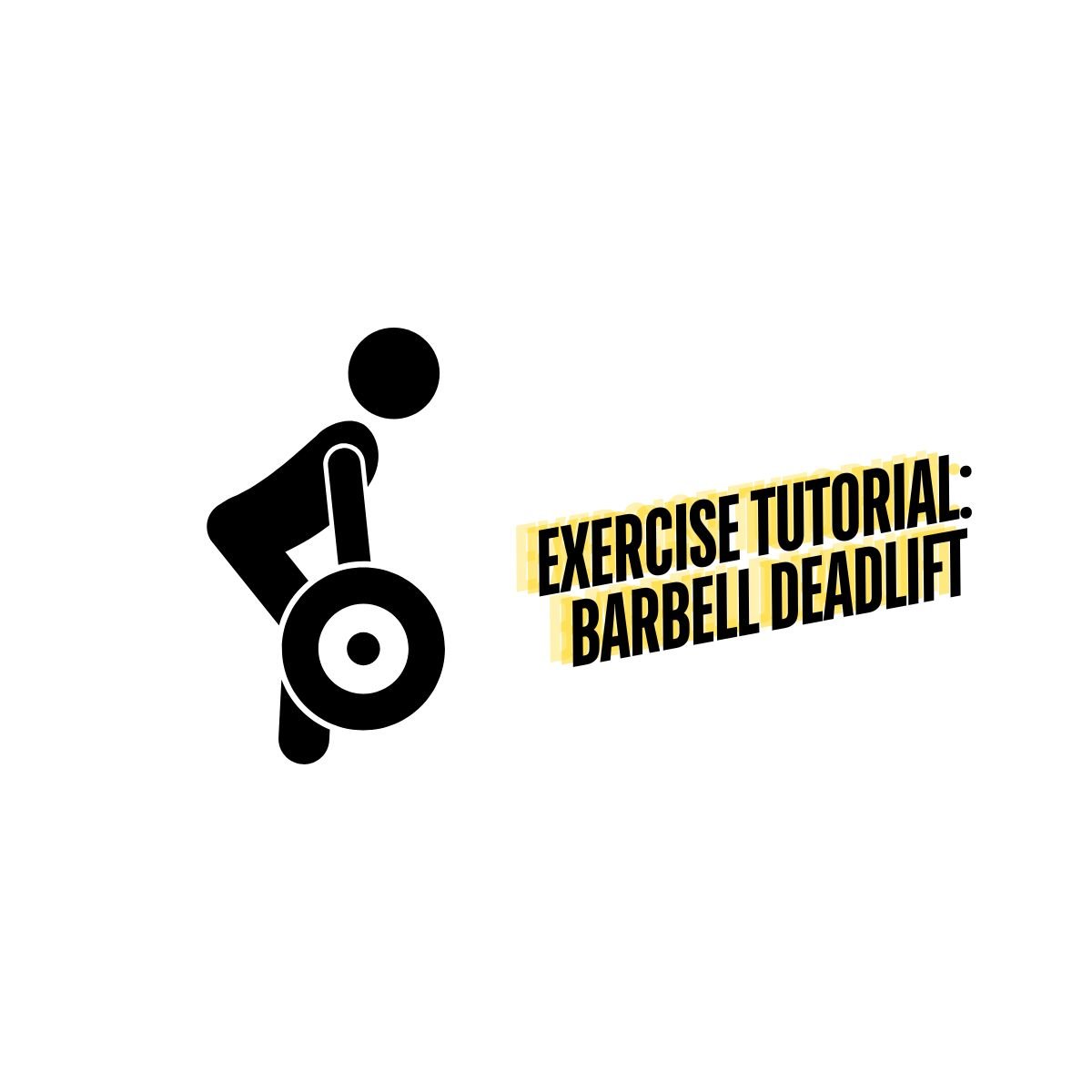A Guide on How to Burn 500 Calories
Table of Contents
How to Burn 500 Calories
Burning Calories takes hard work, determination and consistency. The body burns calories through two main methods, your Basal Metabolic Rate and physical activity. Your Basal Metabolic Rate will vary between individuals, and is based on your sex, age, body size and composition.
Calories burned through your metabolism and digestive processes are hard to control and change. However, the number of calories you burn through physical activity is in your control. Ultimately, the more you workout and the harder you workout, the more calories you will burn.
There are many methods you can use to burn Calories. Regular aerobic exercise, strength training and even regular activities of daily living such as taking the stairs instead of the elevator will all burn Calories. Examples of aerobic exercise include running, cycling, walking and swimming. Strength training examples include weightlifting.
Remember that to lose weight, you need to burn more Calories than you consume. Check out our article on How to Lose 2 Pounds a Week to learn more about how many Calories are in a pound, and how to lose weight.
500 Calorie Workout
There are many ways to complete a 500 Calorie Workout. This can occur through a long duration of aerobic exercise at an appropriate intensity, or during a High Intensity Interval Workout. You can even burn 500 Calories through various sports such as Kickboxing, Hockey and Soccer. Whichever method that you choose, make sure that you are properly hydrated, and you have fueled your body with healthy foods both before and after your 500 Calories Workout!
A great way to track how many Calories you have burned is through the use of a smartwatch or your phone. These devices are not always 100% accurate but do give you a good idea about the number of Calories you have burned. Some examples of smartwatches include the Apple Watch or Fitbit. Apps such as Runkeeper or Strava which you can download on your phone will also tell you how many calories you have burned during various aerobic activities.
Burn 500 Calories Workout
An example of a 500 Calorie Workout is an interval running or cycling workout. Both running and cycling are forms of aerobic activity that will result in large numbers of calories burned. In general, the more that you weigh, the more calories you will burn in one minute during activity. The American Council on Exercise suggests that someone who is 120 lbs will burn 11.4 calories while running per minute.
This means that during a 30-minute run, this individual will burn 342 calories. Many runners use a more simple rule of thumb to roughly estimate how many calories they have burned. If you are running a 10-minute mile, you roughly burn 100 calories per mile. Therefore a 5 mile run will roughly burn 500 calories. Many people find it difficult to run for 30-minutes straight, so interval running can be helpful where you run for a certain number of minutes or miles, and jog or walk in-between.
How to Burn 500 Calories at Home
If the weather is bed outside, or maybe you prefer to workout indoors, you can still burn 500 calories at home! The best method to burn 500 calories at home would be a High Intensity Interval Workout (HITT workout). HITT workouts involve performing an exercise for a certain period of time (can range from 30 seconds to one minute or more) and then taking a break for about 30 seconds to one minute before continuing to the next activity.
This method of exercise will keep your heart rate elevated and allow you to burn more calories. A beginner 500 calorie workout at home can look like this:
Burpees, Kettlebell Squat, Shoulder Press, Dumbbell Lunge, Inverted Row, Plank.
For each exercise you will work for 30-45 seconds and then rest for 30-45 seconds after the exercise. Then you will proceed to the next movement. Try this for 4-5 sets. You can always add additional movements or swap some of the ones above for different ones! If you are really looking for a challenge, decrease the rest time between movements. It is also important to remember to maintain a tempo during a HITT workout.
This means that one full squat should be performed each second during the work period. The tempo can be adjusted based on each exercise, the intensity you want to work at, and what you are training for (strength, endurance etc.) Talking with an exercise professional will be beneficial if you are unsure about how to program your workout to meet your exercise goals.





